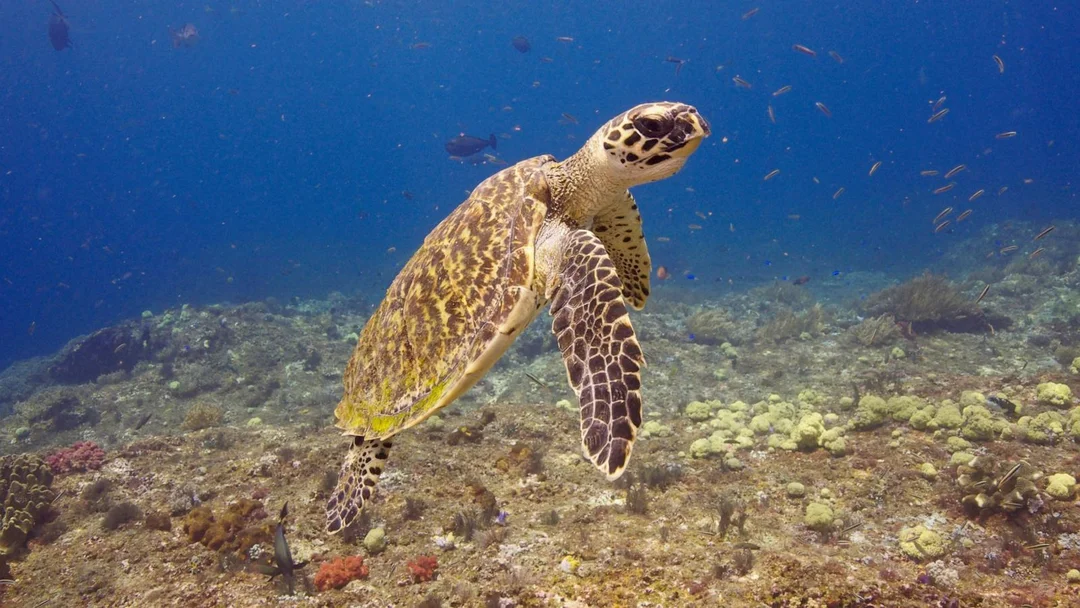
Signs Of Recovery For Endangered Sea Turtles: A Conservation Triumph
In an encouraging turn of events, endangered sea turtle populations are showing signs of recovery across much of the globe, according to a new survey released this Thursday. This pivotal discovery highlights the ongoing efforts in conservation and the resilience of these remarkable marine creatures amidst various environmental threats.
The study, which surveyed 48 distinct sea turtle populations worldwide, examined factors such as hunting, pollution, coastal development, and climate change that impact these vulnerable species. Remarkably, it found that in over half of the regions studied, threats to sea turtles are diminishing, suggesting a positive shift towards conservation success.
Duke ecologist Stuart Pimm, who was not involved in the research, remarked, "Many of the turtle populations have come back, though some haven’t. Overall, the sea turtle story is one of the real conservation success stories." However, this optimism comes with a grain of caution, as the report also identified significant disparities among populations. For instance, while Atlantic Ocean sea turtles are generally recovering, those in the Pacific remain at greater risk, especially the leatherback turtles.
Leatherback turtles, globally classified as vulnerable to extinction, are among the most threatened species. Study co-author Bryan Wallace, a wildlife ecologist from Ecolibrium in Colorado, noted that many of the regions where leatherbacks are found endure serious environmental challenges. Leatherbacks are extraordinary creatures, known for their epic migrations, sometimes covering distances of 3,700 miles. However, these migrations expose them to numerous threats along their path.
On a more positive note, green turtles also display signs of recovery in various locations. Researchers attribute this success to the ban on commercial harvests and protections enacted under the U.S. Endangered Species Act of 1973 and Mexico's total ban on captures in 1990. Michelle María Early Capistrán, a researcher from Stanford University, emphasized that repeated conservation efforts have led to noticeable improvements in coastal regions off Mexico and the U.S.
Despite these advancements, sea turtles still face substantial threats, particularly from accidental entanglement in fishing gear. Wallace states that while innovative technologies are in development to prevent such incidents, their effectiveness hinges on widespread acceptance and utilization within diverse fishing communities.
The findings of this survey, the first comprehensive update in over a decade, carry great significance as they underscore both the fragility and the potential for recovery among sea turtle populations. As we celebrate this conservation victory, the question remains: what more can be done to protect these amazing creatures and their habitats from future threats? Share your thoughts in the comments below and join the conversation on how we can contribute to furthering their recovery.